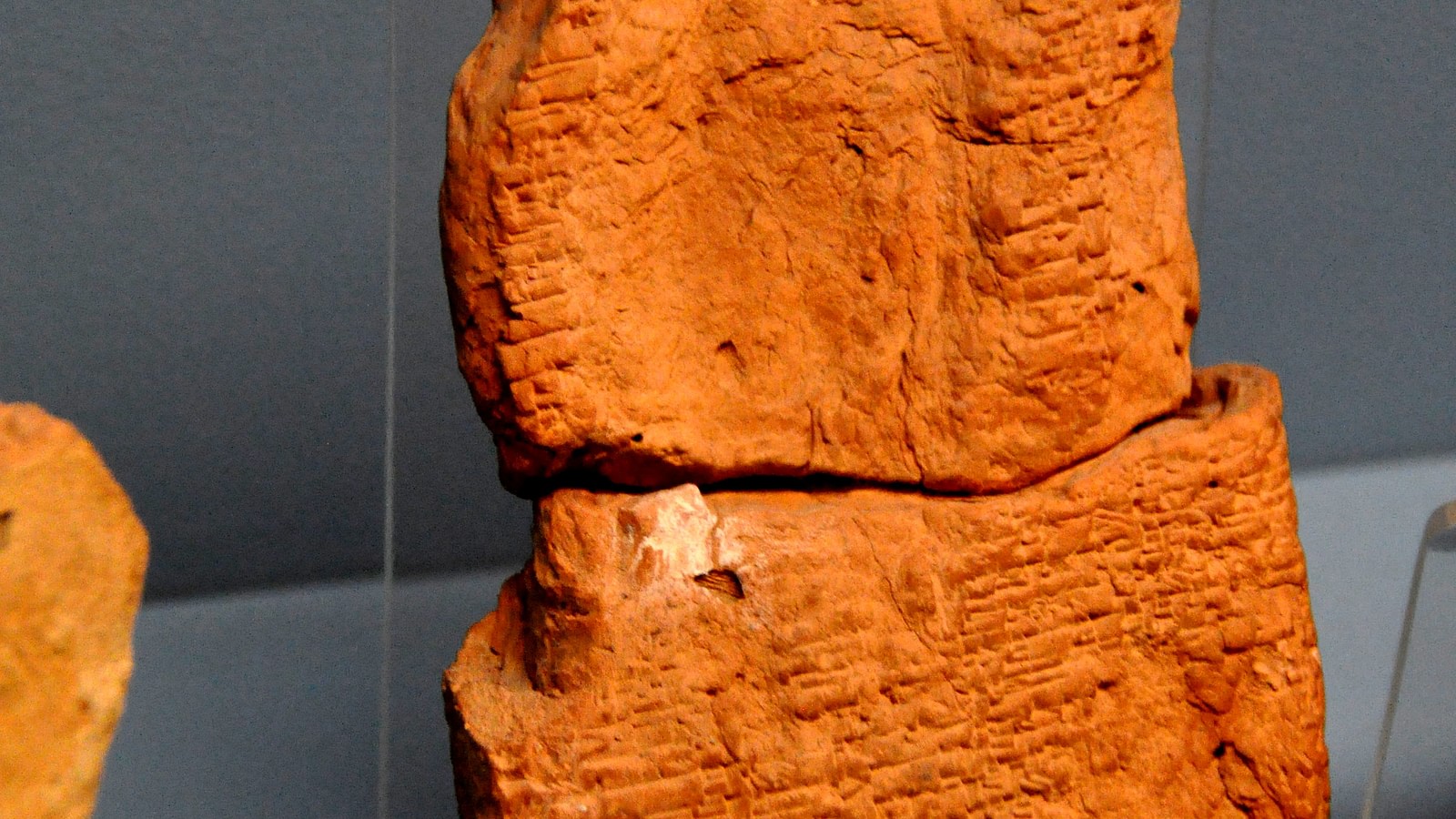
The concept of law is as old as human civilization itself. Ancient legal systems laid the groundwork for modern justice, ensuring order and establishing moral codes that governed societies. Understanding the oldest laws in the world offers a fascinating glimpse into the evolution of governance and humanity’s pursuit of fairness. These ancient codes, etched into stone and passed down through generations, continue to influence contemporary legal frameworks.
What Defines the Oldest Laws?
Codified vs. Unwritten Laws
Laws in early civilizations often began as unwritten customs, upheld through tradition and oral teachings. Over time, societies realized the importance of codifying these rules to prevent disputes and ensure consistency. Codified laws, inscribed on stone or clay tablets, are considered the first official legal systems.
The Purpose of Early Laws
The earliest legal codes served multiple purposes. They regulated trade, maintained social hierarchies, and prescribed punishments for crimes. More importantly, these laws aimed to create harmony by addressing disputes fairly and equitably.
The Code of Ur-Nammu: The Earliest Known Legal Code
Origin and Context
Dating back to approximately 2100–2050 BCE, the Code of Ur-Nammu is widely regarded as the oldest written legal code. Originating in Mesopotamia, within the Sumerian city-state of Ur, this code was established by King Ur-Nammu or his successor, Shulgi. It is written in Sumerian, reflecting the advanced administrative systems of the time.
Key Features of the Code
The Code of Ur-Nammu is notable for its structured approach to justice. Unlike later harsh legal systems, it emphasized monetary compensation over physical punishment. For instance:
- Murder was punishable by death.
- Theft required the guilty party to repay tenfold the stolen goods.
- Injury often led to fines rather than bodily harm.
The Code of Hammurabi: A Landmark in Legal History
Hammurabi’s Legacy
Dating to 1754 BCE, the Code of Hammurabi is perhaps the most famous ancient legal system. This Babylonian king’s laws are inscribed on a basalt stele, which survives today as a historical artifact. The phrase “an eye for an eye” originates from this code, reflecting its principle of proportional justice.
Structure and Influence
The Code of Hammurabi contains 282 laws, categorized into sections addressing family matters, trade, property, and criminal behavior. Unlike the Code of Ur-Nammu, Hammurabi’s laws were stricter, with punishments often involving physical retribution or death.
Despite its severity, the code demonstrated remarkable foresight. It outlined rights for women and slaves, a progressive notion for its time. Additionally, it emphasized the king’s role as a divine agent, tasked with maintaining order and protecting the weak.
Ancient Egyptian Legal Systems
Ma’at: The Concept of Cosmic Order
In ancient Egypt, law was deeply intertwined with the principle of Ma’at, the concept of truth, balance, and cosmic order. Rather than a codified set of laws, Egyptian justice relied on the judgment of officials who interpreted Ma’at in resolving disputes.
Legal Practices
Egyptians maintained legal documents such as contracts, wills, and court records, suggesting a sophisticated approach to law. Punishments ranged from fines to corporal penalties, with the ultimate goal of restoring harmony rather than exacting vengeance.
The Legal Traditions of Ancient India
Manusmriti: The Laws of Manu
In ancient India, the Manusmriti, or “Laws of Manu,” served as a foundational legal and moral text. Written between 200 BCE and 200 CE, it outlines laws governing social conduct, caste duties, and ethical behavior.
Caste and Justice
While the Manusmriti established a comprehensive legal system, it also reinforced the caste hierarchy. Punishments varied depending on the offender’s caste, with harsher penalties for lower-caste individuals. Despite its inequalities, the Manusmriti profoundly influenced Hindu law and culture.
Ancient Chinese Legal Philosophy
Confucianism vs. Legalism
In ancient China, law was shaped by two dominant philosophies:
- Confucianism, which emphasized moral virtue and familial loyalty.
- Legalism, which advocated strict laws and harsh punishments to maintain order.
The Tang Code (7th century CE) is an example of a comprehensive legal framework combining these philosophies, balancing moral education with enforceable statutes.
Other Notable Early Legal Systems
Hittite Laws
Dating to 1650–1100 BCE, the Hittite laws of Anatolia reflect a nuanced understanding of justice. They addressed issues like property rights, sexual offenses, and contracts, with penalties often focusing on compensation rather than corporal punishment.
The Torah and Ancient Hebrew Law
The Torah, a central text in Judaism, contains extensive legal provisions, including the Ten Commandments. These laws governed religious, social, and ethical conduct, influencing Abrahamic religions and Western legal traditions.
The Enduring Legacy of Ancient Laws
Influence on Modern Systems
The oldest laws laid the foundation for contemporary legal principles such as justice, equity, and governance. Concepts like proportional punishment, contracts, and property rights trace their origins to these early codes.
Lessons for Modern Societies
Studying ancient laws reminds us of humanity’s enduring quest for fairness and the need to adapt legal systems to changing social values. These early frameworks demonstrate the balance between maintaining order and protecting individual rights.
Conclusion: Timeless Pillars of Justice
The world’s oldest laws offer a window into the priorities and values of ancient civilizations. While they reflect the constraints of their time, their principles continue to resonate in modern jurisprudence. By examining these early codes, we gain not only historical insight but also a deeper appreciation for the evolution of justice.